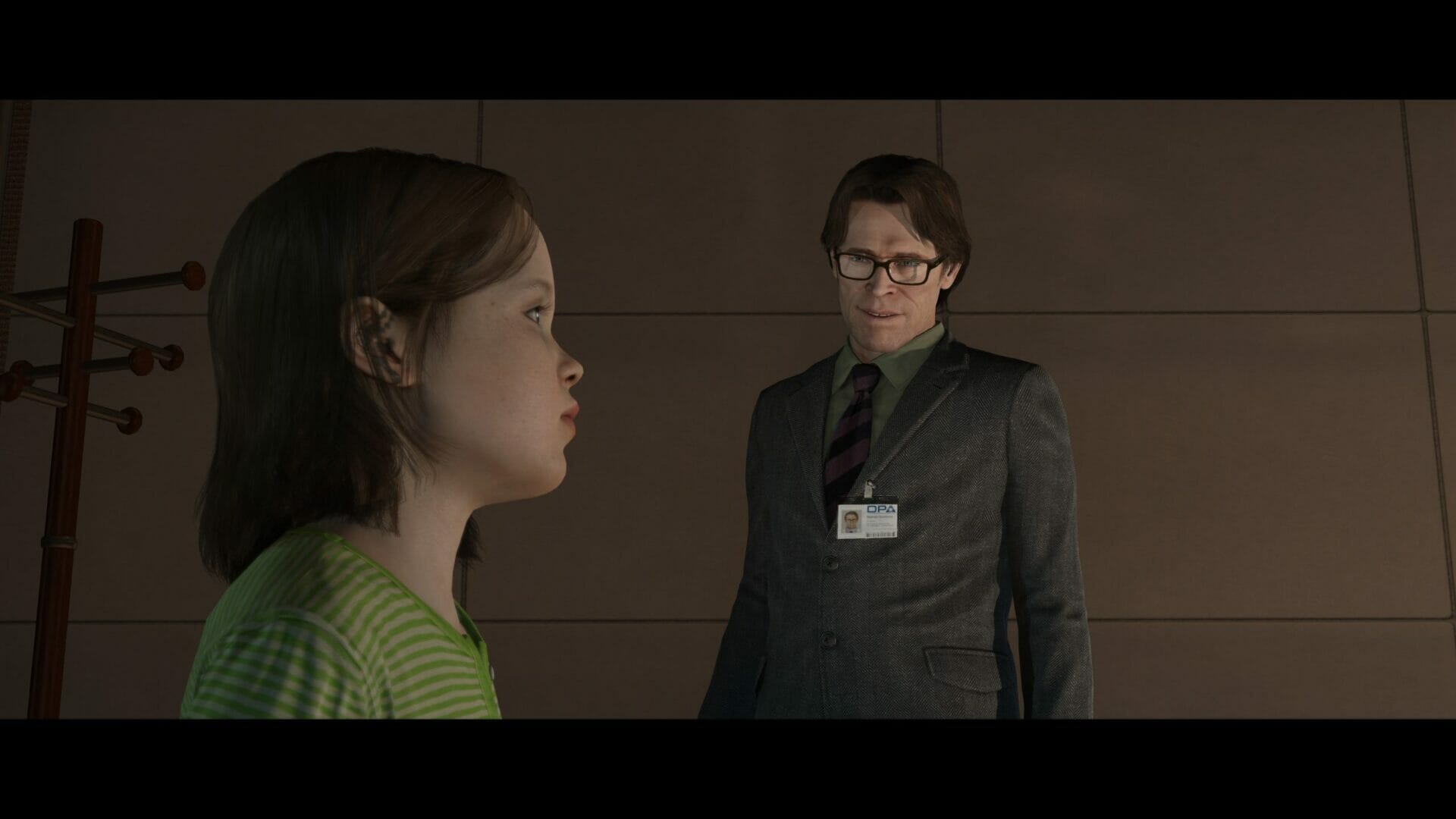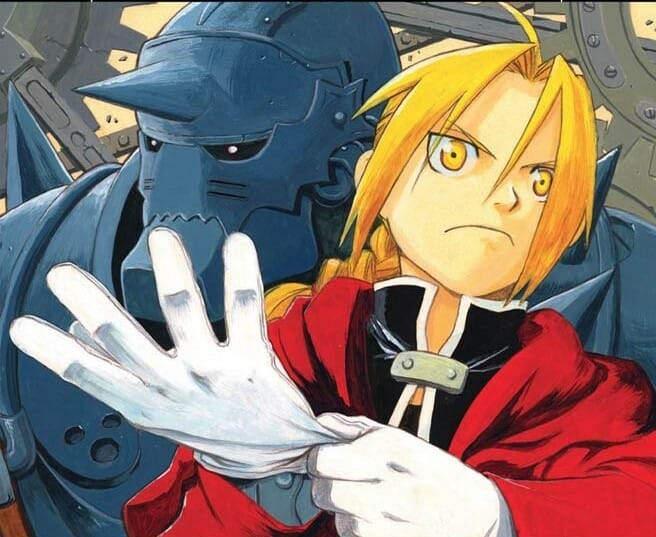
Ghost in the Shell is a vast analysis of the possible consequences of human-machine hybridization. It asks questions such as what does it mean to be alive and what a human being is in a time where humans easily program, store and hack souls, the so-called ghosts. Thus the protagonist Motoko Kusanagi’s missions are always about the risks of a highly computerized and technological society. (Spoiler alert)
Ghost in the Shell is a Japanese cyberpunk media franchise which is based on the manga comic series, created by Masamune Shirow in 1989. Mamoru Oshii propelled it to worldwide stardom with his 1995 movie. Since then it has been a milestone in near-future sci-fi and cyberpunk fiction. Set in a post-cyberpunk world, it centers around a fictional counter-cyberterrorist organization, called Public Security Section 9 (PSS9), led by Major Kusanagi and every version of the story takes place in mid-21st century Japan.
The manga series has led to anime, video game, TV and film adaptations, and has influenced film makers such as the Wachowskis, who made The Matrix series. Its influence is clear also among video games such as Hideo Kojima’s Metal Gear Solid, the Deus Ex saga, or the more recent Cyberpunk 2077. However, Ghost in the Shell is closer to post-cyberpunk fiction. It is more about technology’s social and philosophical implications, with strong detective and crime story features and a less pronounced punk element of rebellion against society.
Human or machine?
A close adaptation of the original manga, fans and critics alike consider Ghost in the Shell one of the best-animated movies of all time, along with Akira (1988). Major Motoko Kusanagi ventures through existentialism, exploring human individualism and the very concept of what makes us human. While the manga version is more playful and provocative, the movie character appears severe and detached. However, both of them linger in doubt throughout the story.
What makes Motoko sure she is human and not a machine? As her whole body is artificial, except her brain, she feels human just because other people consider her as such. She can also rely on her memories, but this is not enough, since in this world people can digitally forge them. So, while her sourly colleague Batou has no doubts about his and her humanity and dismisses her worries as inconsequential, Motoko doesn’t feel entitled to consider herself human. Moreover, she feels somehow caged by her body, as though bodily technological improvements are just the beginning of something bigger.
The movie best represents this sense of uncertainty. The long vistas of the giant Japanese city in which it is set are steeped in symbolism and are windows into Motoko’s thoughts. For example, a glance at an airplane flying over the hectic city stands for a feeling of freedom. The manga, on the other hand, displays overly detailed plates, in which the reader could get lost, but also contains effective visual ideas. The global network, e.g., appears as a gigantic, thickly branched out tree, both reminding viewers of the Tree of Life and the central nervous system.
Ghost in the Shell: the hybridization of human and machine
During the investigation into the Puppet Master, a hacker capable of hacking other people’s brains, Motoko repeatedly questions the boundaries between organic and synthetic life. If a cybernetic brain could generate a ghost, it would become difficult to discern between humans and robots. The Puppet Master perfectly represents this case in point. It turns out to be a thinking and living being born from the global network. While it was accomplishing the tasks assigned by its programmers, it developed self-consciousness and, thus, a ghost.
While Motoko subconsciously craves to be something more than human, the Puppet Master wishes to become a proper living being, capable of reproducing and dying. To accomplish that, it asks Motoko to merge into a new creature, offering her its boundless digital powers. When Motoko hears the proposal, it’s as though all the pieces fall into place. She believes she has found the answer to her doubts and accepts.
Therefore Ghost in the Shell doesn’t just focus on dystopian outcomes of human-machine hybridization. It looks at it as a chance to broaden mankind’s horizon, to expand the idea of life itself.
Ghost in the Shell 2: An unsettling sense of mirroring
Ghost in the Shell: Innocence came out in 2004, written and directed by Mamoru Oshii as well. In this sequel, the main characters are two other members of the PSS 9, Batou and Togusa, while Motoko seems to have disappeared. The plot is once again a detective story. The protagonists have to find out the cause of the malfunction of the gynoids, a kind of sex robot that started to commit homicides.
Instead of hybridization, the movie is about the mirroring, disturbing effect between humans and robots and the value of life in its various forms. One of the central conundrums is: if a living being seems alive, does it actually live? If humans are defined by their experience and memories, which they can digitally create, manipulate or forge, what makes us humans is a mere mechanism that can be broken up into its parts and duplicated. The gynoids’ design highlights this unsettling human-machine model. Instead of making them as similar as possible to people, Oshii expressively took inspiration from Hans Bellmer dolls. From this point of view, humans are puppets, mechanisms blindly following their task: survival. Life itself turns out to be an algorithm, which can manifest itself either in organic or synthetic hardware.
The value of life
However, the actual point the movie tries to make is not that all that lives is purposeless matter, only devoted to survival. Batou and Togusa show that the people (and the dogs) that care about you make living much more than just remaining alive. Moreover, during the investigation, Batou comes to understand that all life has value and is worthy of existence. This goes for both humans and robots. When in the end he finds out that children’s souls were put illegally into the gynoids, a feature which made them particularly popular, Batou feels sorrow, especially for the robots. They suffered and were abused as much as the children. He fears that probably mankind will never consider robots as living beings.
Ghost in the Shell: Stand Alone Complex: the hybridization of consciences
Written and directed by Kenji Kamiyama, Ghost in the Shell: Stand Alone Complex is the animated series adaptation of the franchise. Aired from 2002 to 2003, it’s based on and mostly inspired by the original manga for its visual and character ideas. Featuring a much more sassy and provocative Motoko, the series delves deep into its characters and the world of GitS. In this case, hybridization is not only about individual bodily and mental changes but also about social behaviors. The first season explores the relationship between an ever interlinked society and the copycat behavior spawned by obsessive media attention and meme culture.
The Stand Alone Complex is a phenomenon in which an event, usually an incident, enters the collective subconscious. Then, thanks to copycat behaviors, random people reproduce and slightly change it, spreading it uncontrollably. In GitS, humanity constantly interconnects through the network, using the cyber-brains to interface anywhere and anytime. Even if social networks hadn’t gone viral yet when the show came out, it represents a very familiar situation. Because of fast and continuous connection, it is thus much easier to condition and influence people. This paves the way to the triggering of the Stand Alone Complex. People start to replicate random and unrelated incidents, thinking they are connected and deliberate terrorist attacks. The protagonists face an escalation of violent actions, encouraged by the belief in an alleged bigger scheme behind them.
The interesting case of the Tachikomas
Stand Alone Complex further explores the man-machine interface through the Tachikoma, PSS9’s spider-like tanks provided with a complex AI. Through their childlike voice and behaviors, they act like children discovering the world around them. Often at odds with Motoko, who is struggling to accept herself as human because of her full robotic body, the Tachikoma pose philosophical questions and quickly ponder what they really are and if they’re actually alive, blurring the distinction between organic life and mechanical construct.
Geopolitical crisis in a cybernetic society
The second season, Stand Alone Complex 2nd Gig, aired from 2004 to 2005, shifts its focus more to international maneuvering while keeping with the standard Ghost in the Shell theme of mind-machine hybridization. Mixed in the plot of political conspiracy and war exiles, SAC 2nd Gig continues to explore the relationship between the network, social media, and the individual, showing how each system influences the other and creates new ideas in the collective subconscious.
Moreover, the series looks into the background of Section 9’s members and sheds light on Motoko’s past. The Major deals with her trauma and comes to terms with her fully cybernetic body. She confronts Hideo Kuze, the season’s antagonist, a man with a fully synthetic body like hers, fighting against the Japanese government in defense of a group of war refugees. Furthermore, the terrorist group Individual Eleven acts in the shadows against the exiled. The aggregation is composed of people infected by a cyber virus. This intrusive program instills a set of ideals on people, forcing them to lose individuality and merge into the network. As more people hear of the Individual Eleven, copycats appear, and eventually, the virus infects them. They increase the group’s power and lead to stand-alone complexes in the general population.
Ghost in the Shell: Solid State Society
The conclusion to the Stand Alone Complex storyline is the movie Solid State Society, released in 2006. The PSS9 deals with a conspiracy aiming to create a new society through the hacking and re-coding of abducted children. With a direct hint to the original Oshii movie, Motoko once again faces an artificial conscience born from the network. In this case, though, Motoko will not abandon the shackles human society has bound her with. She just muses on how the net is infinite.
Mankind 2.0
The way Ghost in the Shell deals with hybridization incites several questions that are nowadays ever more topical. How will mankind conduct its relationship with technology, with the internet, with cybernetic enhancements? This franchise is a useful tool to imagine the pros and cons of what humans could become thanks to technological improvements.
The Ghost in the Shell brand has a wide range of other products on its account, from animation to videogames. The mangaka Masamune Shirow has written two other volumes about it (GitS 2.0 in 2001 and GitS 1.5 in 2003). In 2013 there also appeared a prequel-like series, Ghost in the Shell: Arise, both in anime and manga versions, which tells the formation of the PSS9. 2017 saw the release of a live-action version starring Scarlett Johansson. The latest series, GitS: SAC_2045, came out on Netflix in 2020. Ghost in the Shell: Innocence was the first anime to compete for the Palme d’Or in 2004.








